Latin Name: Damaliscus pygargus The Bontebok is a medium-sized, generally dark brown antelope with a prominent, wide white blaze on its face, with a pure white rump, belly and hocks, and black-tipped tail. Both sexes have horns, although the horns of rams are heavier and longer than those of ewes.
Wildlife Facts - Golden Wildebeest (Gnu)
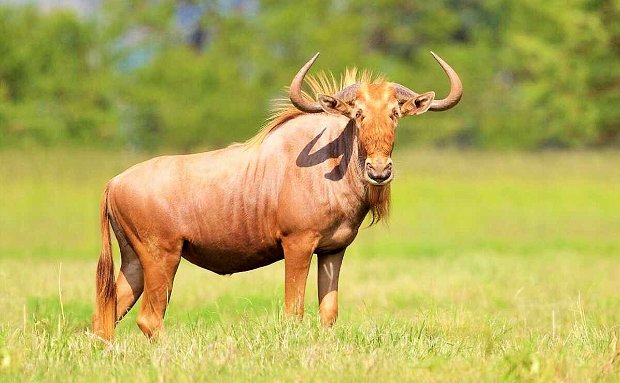
Latin Name: Connochaetes Taurinus
Also knows as the Golden Gnu
Golden Wildebeest naturally occurred along the Limpopo River basin, adjacent to the Tuli-Block of Botswana. Early farmers in the1920’s, called them “Vos Wildebeest”
The first Golden Wildebeest Bull was captured by Alec Rough in the early 1990’s on the game farm Swinburne, in the Limpopo Valley. This is the area where the majority of Golden Wildebeest originate from. They formed an integral part of the large migratory herds that once moved freely between South Africa and Botswana.
Golden Wildebeest were first referred to as “Red” or “Yellow” Wildebeest by pioneer breeders. The decision to change the name of these colour variants was as a direct result of false accusations made by Nature Conservation officials that game farmers created these animals by cross-breeding Black and Blue Wildebeest. Wildebeest hybrids (Black and Blue Wildebeest Crossbreds) were also referred to as Red Wildebeest by Nature Conservation officials.
Golden Wildebeest were first referred to as “Red” or “Yellow” Wildebeest by pioneer breeders. The decision to change the name of these colour variants was as a direct result of false accusations made by Nature Conservation officials that game farmers created these animals by cross-breeding Black and Blue Wildebeest. Wildebeest hybrids (Black and Blue Wildebeest Crossbreds) were also referred to as Red Wildebeest by Nature Conservation officials.
Due to extensive DNA sampling and research done by Dr Antoinette Kotze, the Yorks could clearly show that no Black Wildebeest genes occurred amongst any of their Wildebeest herds.
By disproving this accusation, Barry York (founding member of Golden Breeders) decided to distance himself from any further confusion and founded the name “Golden Wildebeest”. This name was soon adopted by all in the wildlife industry.
- Golden to copper or bronze in colour.
- They have a long copper mane, beard and tail tussle.
- Both sexes carry horns and are of similar size and colour, thus making it difficult to distinguish the bulls from the cows. The most obvious difference is that males have thicker horns and horn-bases.
- Size: Shoulder height 135 - 150cm. Weight 180 - 250kg.
- Territorial group animals 20-1000, active during the day but prefer shade during the hot hours of the day.
- They have a typical "tar" smell coming from glands on the front feet which is also used for marking of territories.
- Prefer to graze on short green grass.
- Calving season is November to December.
Come and meet them at Hartenbos private Game Lodge.
Further Reading
Latin Name: Kobus ellipsiprymnus Hence their name, waterbuck tend to hang around areas where there is a lot of water, especially being water dependent animals. Bulls (males) in particular, will hold a territory where there is an abundant amount of water and food to attract females – he will only hold this territory in breeding seasons.
Latin Name: Taurotragus oryx The Eland, an ox-like antelope, is the largest in the world. It belongs to the ‘spiral-horned’ subfamily, along with the likes of kudu and bushbuck. Bulls of both species may top 900kg and stand 1.7m at the shoulder. Females are about half the male’s weigh
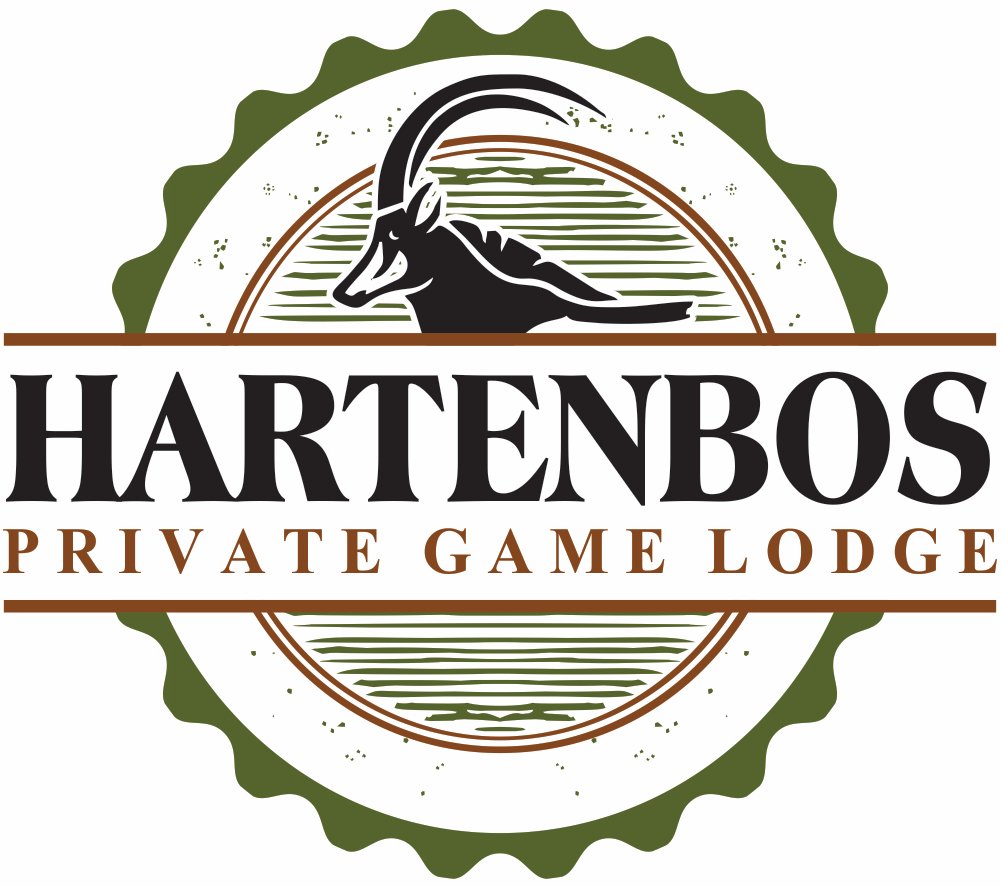
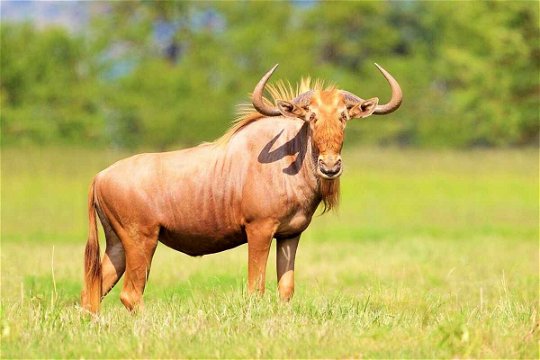

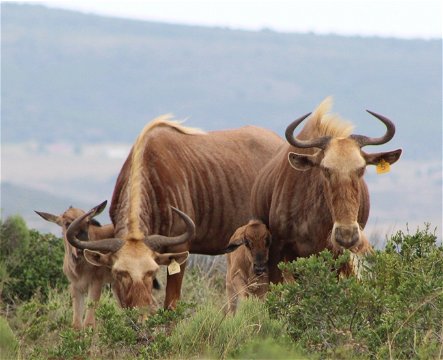


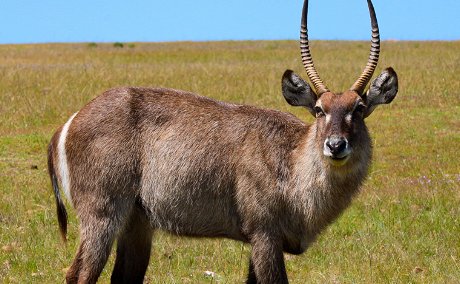
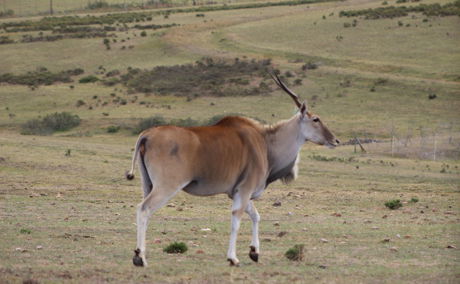
Share This Post